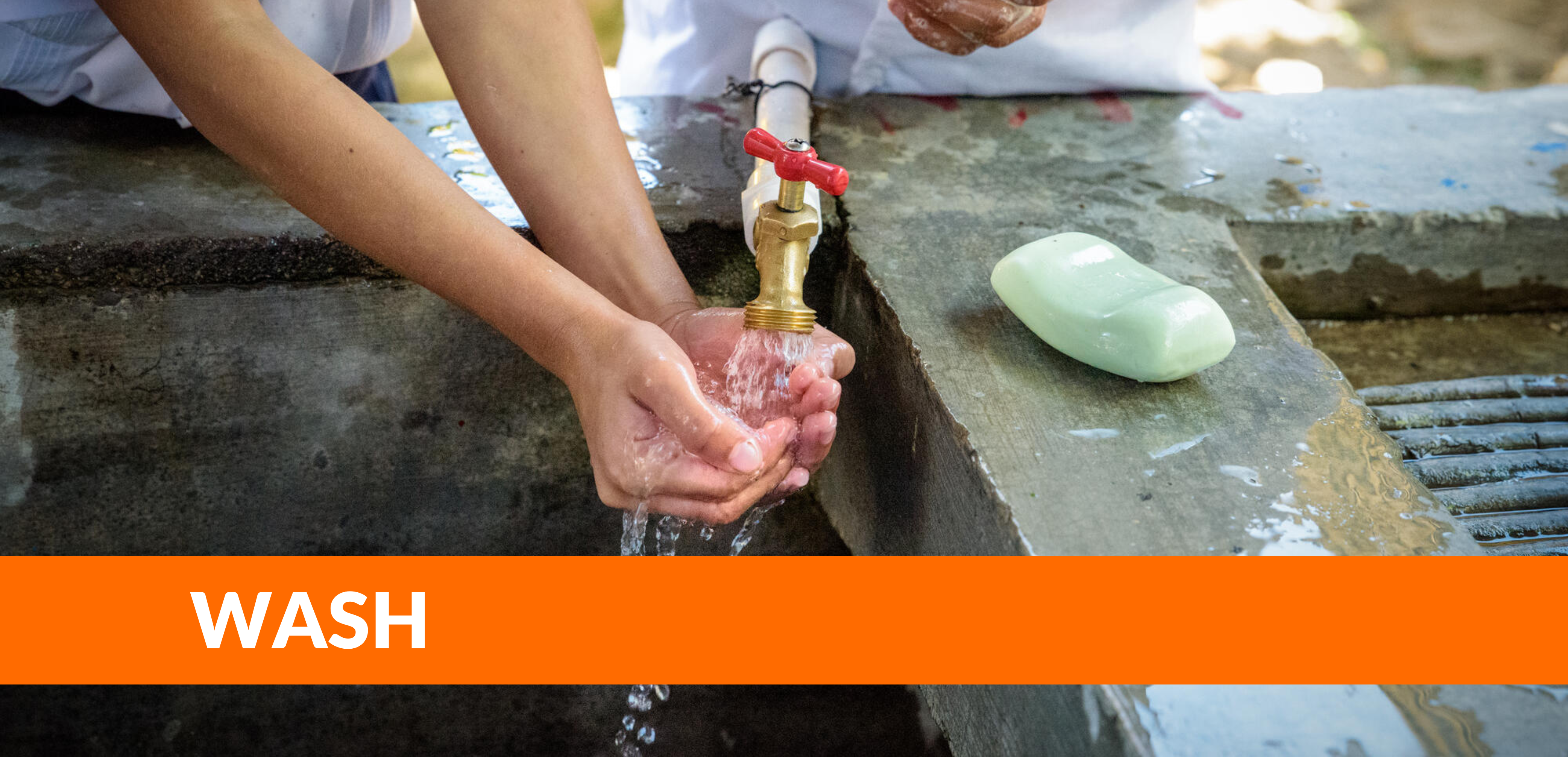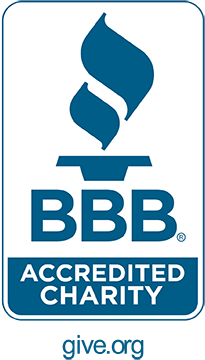Abstract: Many healthcare facilities (HCFs) in rural areas of low- and middle-income countries (LMICs) lack safe, sufficient water supplies. We sought to understand which factors affect water quality in rural HCF in LMICs. In Ethiopia, Ghana, Honduras, India, Kenya, Malawi, Mali, Mozambique, Niger, Rwanda, Tanzania, Uganda, Zambia, and Zimbabwe, doctors and nurses were interviewed at over 2000 outpatient HCFs about their water source, staff training, and management practices. Water samples were also tested for contamination with E. coli. We generated descriptive analyses and logistic regressions. Overall, 52% of surveyed HCFs used at least a basic water service, 23% used a limited water service, and 25% had no water service as defined by the WHO/UNICEF Joint Monitoring Programme. Use of an improved water source type (OR ≈ 1.4–1.7), treatment of water (OR = 1.26), management by a person with medical training (OR ≈ 3.4–8.9), and presence of a protocol for operations and management (OR = 1.29) were associated with safer water. These results suggest that in addition to addressing water source, storage, and treatment, stakeholders should also target organizational factors in order to improve water quality in HCFs.
This study examines healthcare facilities (HCFs) in rural areas of 14 countries: Ethiopia, Ghana, Honduras, India, Kenya, Malawi, Mali, Mozambique, Niger, Rwanda, Tanzania, Uganda, Zambia, and Zimbabwe. It is part of a larger evaluation of water, sanitation, and hygiene (WaSH) for an international non-governmental organization World Vision. The study also examines water, sanitation, and hygiene in households, communities, and schools.
Article from:
Journal of Cleaner Production
Volume 237, 10 November 2019, 117836





